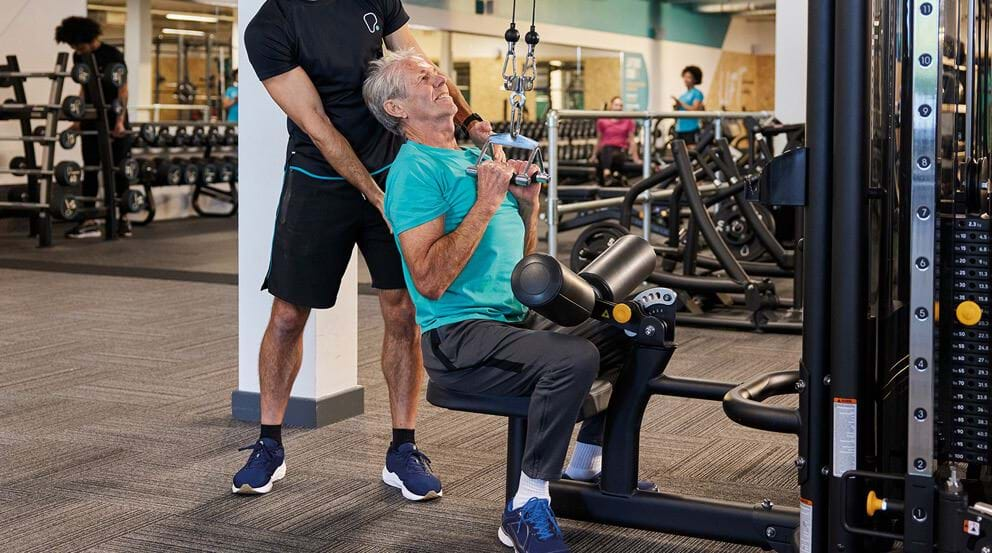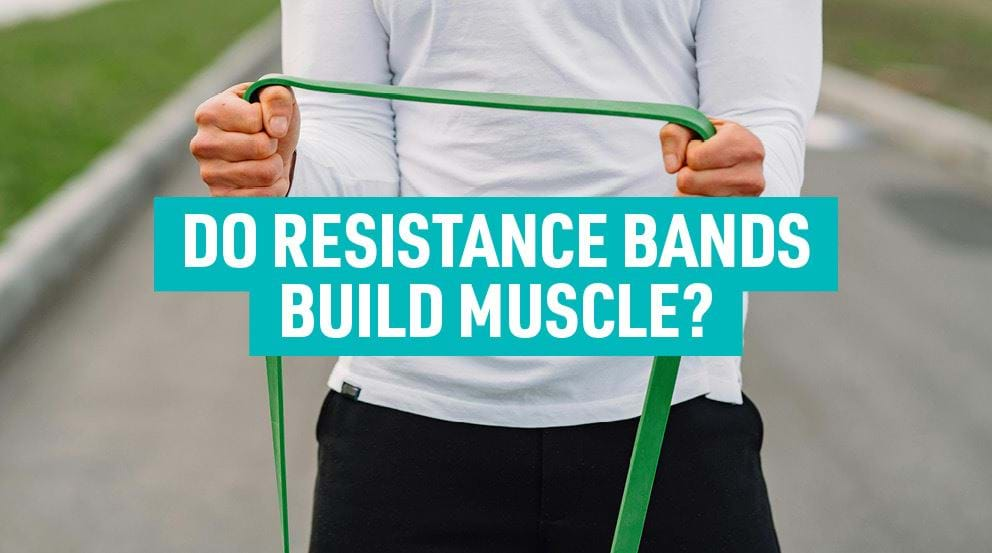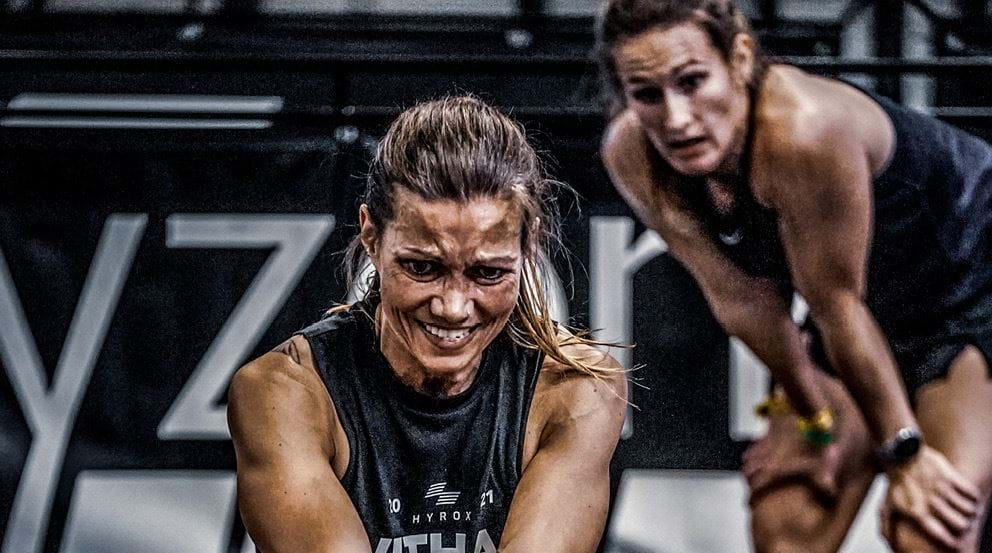Post-Run Stretches (And Why They're So Important)
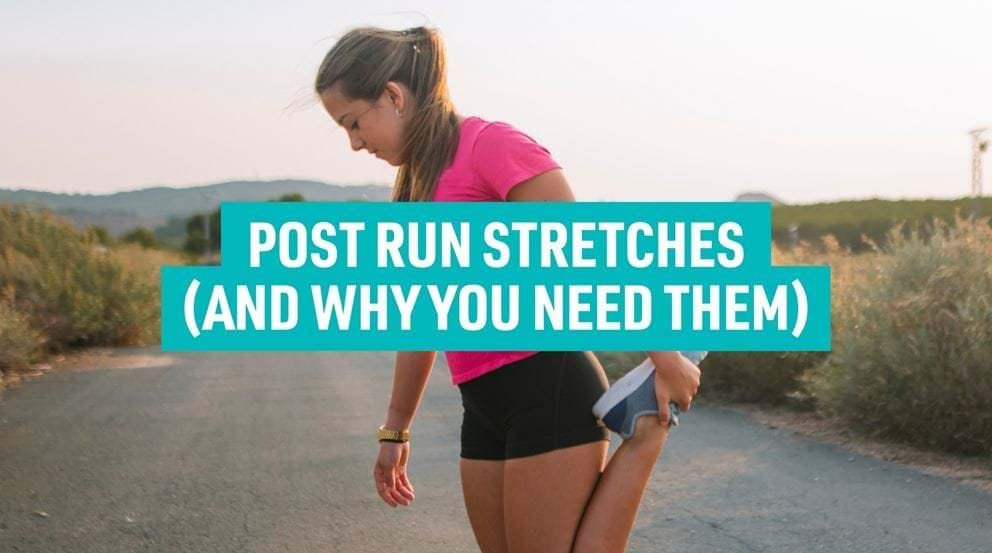
Why Stretch After Running | Do I Need To Stretch Post-Run? | Which Muscles To Stretch | 10 Best Post-Run Stretches
Whether you're a dedicated marathoner or simply someone who enjoys a regular jog on the treadmill, having a proper cool down routine with post-run stretches is a must.
While it can be tempting to jump straight from the end of your run into a refreshing shower, dedicating a few minutes to stretching can make a big difference in how your body recovers.
Learn more about post-running stretches and what makes them so important here. We also have some tips from an expert, with British Distance Athlete Charlotte Arter sharing some of her favourite post-run stretches.
Why Should You Stretch After Running?
Charlotte Arter, Distance Athlete explains: "Immediately after your run is the perfect time to stretch, as your muscles are already warm and therefore more flexible. Stretching here will help to improve your range of motion, aid recovery, and reduce the risk of injury."
Performing cool-down stretches is recommended for anyone who works out, but this is particularly true for runners. If you're wondering why a post-run stretch is so important, here are some of the benefits:
Provides relief to muscles: When you run, your muscles contract and relax. Stretching afterwards can help to release some of that muscle tension that's built up during your workout. It's like giving your muscles a little massage.
Improves flexibility: Regular stretching can gradually improve your flexibility over time. This can make your muscles more supple and help you move more freely.
Prevents injuries: Tight muscles can potentially lead to injuries down the road. Stretching can help maintain a healthy range of motion in your joints and muscles, which can reduce the risk of pulling or straining something during future runs.
Cools your body down: After an intense run, your heart rate is still up, and your body temperature might be higher than normal. Doing some gentle stretches can help bring your heart rate down gradually and return your body temperature back to baseline.
Better mind-body connection: Taking a moment to stretch can also be a nice way to connect with your body after a workout. You can see it as a mini-meditation where you're paying attention to how you're feeling physically.
Helps to wind down post-run: Stretching can trigger your body's relaxation response. So, if you're feeling all fired up after a run, stretching can help you chill out a bit.
Do You Always Need To Stretch After A Run?
While you won't immediately suffer if you skip the odd post-run stretch, consistently skipping stretching can lead to stiff muscles and reduced range of motion, greater risk of injury, and poor recovery.
Where possible, stick to best practices like pre-run warm-ups and post-run stretching as this will help to build good workout habits and create a healthier body.
If you do need to skip the occasional post-run stretch due to time constraints, try doing some gentle stretching after a short warm up later that day or the day after.
Which Muscles Should I Include When Stretching Post-Run?
If you have the time, post-run is a great time to conduct a full body stretch as your whole body is warm. However, if you only have 5-10 minutes, concentrate on the lower body muscles (quadriceps, hamstrings, hip flexors, glutes, and calves) as these are the muscles which are worked hard during a run.
10 Of The Best Post-Run Stretches
Choosing the right stretches is key to maximising the benefits of your post-run stretching routine. Static stretching that targets the leg muscles are best in this scenario. For pre-run stretching, dynamic stretches are best -- check out our favourite warm up exercises for runners here.
We asked Great Britain and ASICs distance athlete Charlotte Arter to share her 10 favourite post-run stretches, and her typical stretching routine post run.
"This is the stretching routine I try to do after all of my runs. I'll always aim to hold every stretch for around 30 to 60 seconds on each side."
Seated figure four stretch -- glutes
Start by sitting on the floor. Place your left leg out straight in front of you with your toes pointing upwards. Cross your right leg over the top of the stretched leg and clasp it with your left arm, twisting your body gently to the right to feel a good stretch through your buttocks. Repeat on the opposite side.
Forward fold -- hamstrings, hips
Seated: Extend your left leg out in front of you and bend the right leg to 90 degrees so the flat of your right foot is pressed against your left thigh. Try to reach your left arm as far as possible down your straight leg until you feel a good stretch (this might be aiming to touch your toes or on your shin). Repeat on the opposite side.
Standing: Start in a standing position. Place your left leg out in front of you with your heel on the ground and toes facing upwards. Place your hands at the top of your right leg, bend at the hips and right knee, and shift your weight slightly backwards until you feel a good stretch at the back of your leg. Repeat on the opposite side.
Single knee to chest stretch -- hamstrings, hips
Start by lying down on your back with both legs straight in front of you on the ground. Lift one leg up to your chest and place your arms around the knee. Pull your knee closer to your body to get a deeper stretch. Repeat on the opposite side.
Lateral side stretch -- adductors
Find a chair or bench. Position yourself in front of the chair and kneel on your right knee (you may want a cushion or mat under your knee for comfort) with the left leg in a bent position out in front of you on the ground. Place the top of your right foot on the chair (so the sole of your foot is facing up), keeping your knee on the ground. Lean forward to feel a stretch through the hip flexor on the right-hand side. Repeat on the opposite side.
Standing quadriceps stretch -- quads
Stand with a chair to your right hand side, far enough away that you can comfortably stretch out your right leg and rest the foot onto the chair. With your right leg in this raised position, slightly bend your left knee and lean towards the left. Repeat on the opposite side. This can also be done with the foot on the ground rather than raised.
Wall calf stretch -- calves
Start by standing next to a wall or chair which you can use for support if needed. Bend the opposite knee so your calf and foot bend up backwards towards your buttocks. Grab your ankle with your hand and pull it gently in towards your body, slightly pushing your hips forward until you feel a good stretch in your quads. Repeat on the opposite side.
Lower calf stretch -- calves
Stand with your hands pressed against a wall, at a distance where your arms are stretched out but still with a soft bend. Step one leg forward, keeping it bent, and take the other leg backwards, keeping it straight. Push against the wall and try to keep your rear leg's heel on the ground. This stretches the gastrocnemius (top) part of your calf. Repeat on the opposite side.
Childs pose -- hips, back
Kneel down on the floor, stretch your arms out in front of you and rest your palms on the floor. Relax your head onto the ground and, if comfortable, push through your hands to gently drop your hips further back. Either keep this a fully relaxed pose, or you can use it for a soft, satisfying stretch through your lower back.
Cobra pose -- hip flexors, abdominals, chest
Lie down on your chest with your legs straight behind you, place your hands on either side of your chest, level with your shoulders and push up to a comfortable level, raising your torso upwards. This can also be done by resting on your forearms instead.
Short on time? Try this 5-10 minute stretching routine.
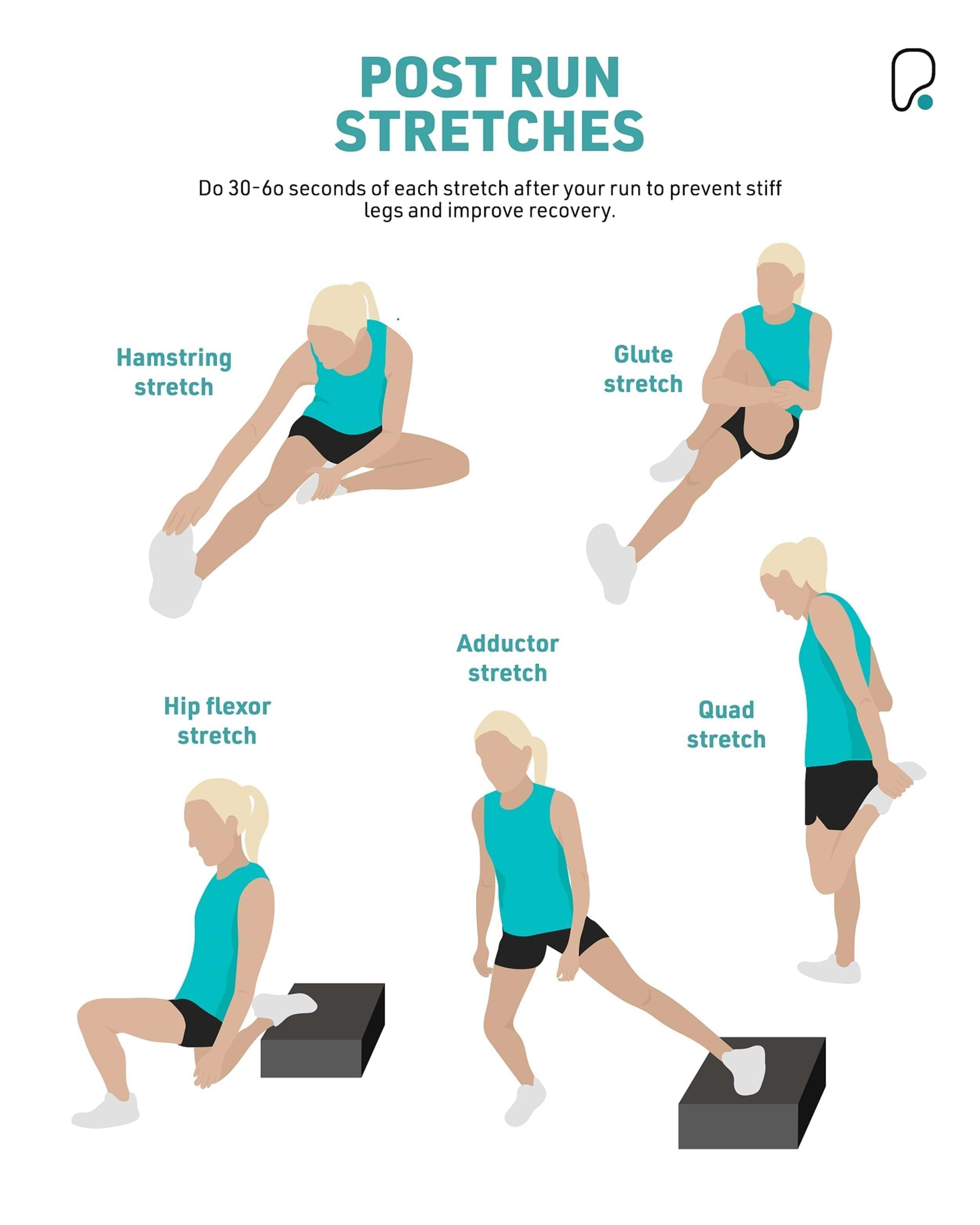
We've shared more stretches for beginners here if you'd like to try additional stretches post-workout. If you're just learning to run, our Beginners Running Questions Answered guide is a helpful starting place. Our gyms are a great spot to train or prep your body to be better at running - find a gym near you and become a member today.
